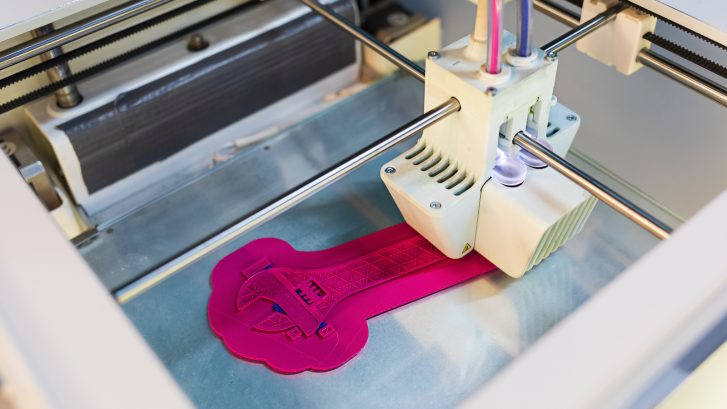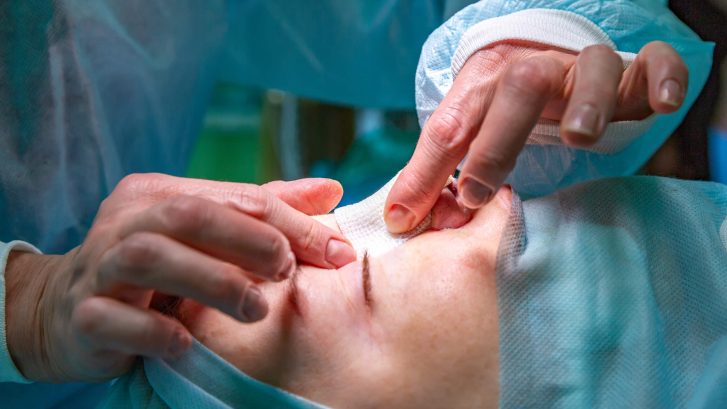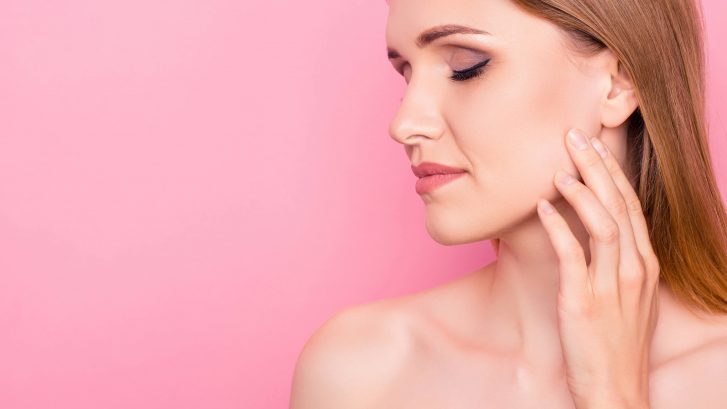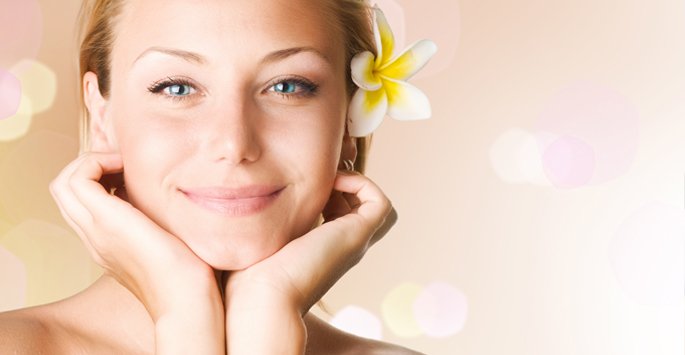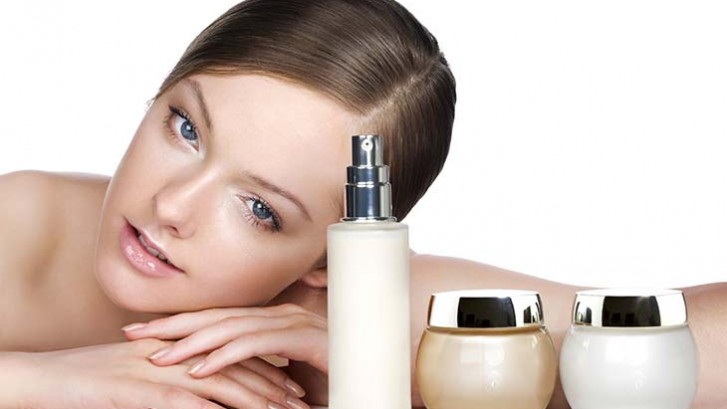October 19th Is Evaluate Your Life Day
Are You Embracing Your Best Self?
We often mark time with birthdays, New Year celebrations, and anniversaries, but how often do we take time to reflect on whom we are and where we’re going? The seasons pass, aging becomes more inevitable, and we often fall into a rut of daily obligations and routine interactions.
But you can change all of that on October 19th.
Evaluate Your Life Day is a chance to take stock of your hopes, dreams, goals and ambitions. Take a long look in the mirror and ask yourself if this is the person you want to be. How would you change yourself? What decisions can you make to improve your future? Who are you, and what do you want to present to the world as your ideal self?
THE POWER OF SELF EVALUATION
Taking the time to assess one’s self isn’t an act of selfishness; on the contrary, it’s a cathartic exploration of how you can be the best version of you. By asking basic questions about your values, your likes as well as dislikes, you can bolster your happiness and spread that sense of positivity to those around you.
Some simple items that you can add to your internal checklist include:
- What do I want to accomplish today?
- How does my schedule reflect my greater goals?
- What can I achieve before lunch? Before dinner? Before bedtime?
- How can I make better connections with my loved ones?
- What image am I presenting to the world?
- How can I improve that image?
- Am I happy?
- If not, what power do I have to change that?
- If so, how can I help others achieve joy?
But these check-in moments don’t just improve your momentary feelings of accomplishment or awareness; they can also amplify your cognition on the whole. One breakthrough psychological study indicates that self-awareness helps sharpen one’s cognition. Simply put: flexing your mind muscles when it comes to your own internal evaluations makes you more able to think and problem-solve in general.
When we give ourselves realistic goals, we are able to process them against the parameters of how we think and what our limitations and strengths are. Evaluating your life gives you the keys to knowing what you can do, admitting to what you can’t do, and mapping out a plan for conquering each hour, each day, and each year of your life.
But it goes far beyond the self. People who regularly evaluate their lives have shown far greater success at work, in relationships, and when it comes to achieving their long-term life goals.
THE SOCIAL BENEFITS OF CONFIDENCE
Now that you have taken account of the ways in which you can ask yourself the vital questions that may improve your everyday life, think about how that sense of positivity ripples through your family, community, and society writ large.
Self-evaluation correlates to workplace success, as documented by a fascinating study of 155 members of the U.S. Navy. Various officers were asked to evaluate their own job performance. Their superiors and subordinates were also surveyed to get a full picture of how those officers really behaved on duty.
On one end of the spectrum, the officers who exaggerated their performances received low marks from their contemporaries, but those who were most self-aware ranked as the most accomplished officers in the group.
By regularly evaluating your values, goals, and abilities, you can harness the power to enact real change in your life. If you aren’t performing at the level at which you want to be, then it’s time to take an even closer look in the mirror.
PERCEPTION IS REALITY
It may be a cliché, but the old adage smile and the world smiles with you actually rings true for many individuals. Making yourself happy is a cyclical phenomenon; when you feel happier, you embrace positivity, which in turn makes you even more joyful and energetic, thus exacerbating the trend.
The statistics back up this assertion. According to one clinical trial of 362 cosmetic surgery patients, 61 of them were regularly taking antidepressants before their respective procedures. This number plunged to 42 after their successful plastic surgery. That’s a drop of over 30%.
And a whopping 98% of this same group expressed an uptick in their self-esteem thanks to the procedure. In this case study, people who proactively took steps to improve their appearances experienced life-changing benefits that elevated their opinion of themselves. They were evaluating their lives, identifying how they could improve, and taking steps to bring about positive change.
Re-evaluate, re-asses, repeat as necessary.
CHANGE FOR THE BETTER
This October 19th, you can begin a journey of self-discovery that may help you embrace the ideal version of yourself. Love more, laugh more, and live more fully. We applaud you in advance!
But this quest to be the best doesn’t need to end on October 20th. It’s never too late to become the YOU that you’ve always wanted to be, and you should never allow a setback to deter your progress. Go back to that mirror, tell yourself what you want, and make it happen!
If that improvement plan happens to include cosmetic enhancement, then we want to guide you along your path to self-realization. Ask us the tough questions you’ve been asking yourself in your newfound voyage to enlightenment and evaluation. Is this course of action right for you? What are your cosmetic goals? And how can we be your copilots on this trip to a triumphant tomorrow? Contact us now and let’s start making plans to go there together.



